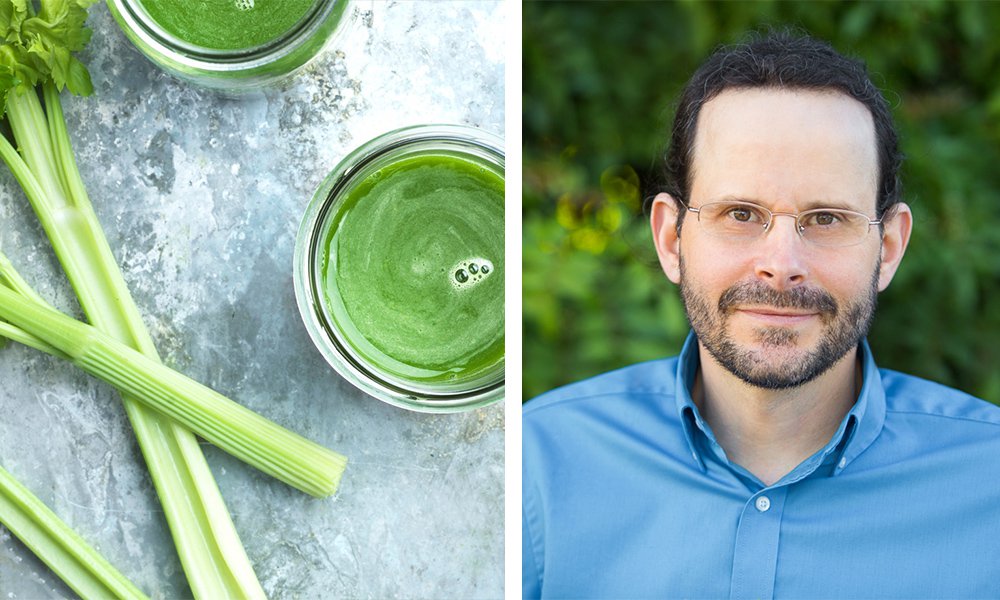The Very Sophisticated & Rapid Change Our Blood Cells Go Through When We Spend Time In The Mountains
Last year I took a road trip through British Columbia, Oregon, and Washington state. I hiked a lot during this time, and soon realized that the closer I got to the mountain tops, the more difficult it became to breathe.
This wasn’t just because I was tired from hiking for hours; difficulty breathing is also a side effect of being in higher altitudes, where there is less oxygen. These altitudes wouldn’t even compare to those found in the Himalayas or Peru, so I can’t imagine how people manage to live in those low-oxygen conditions.
For example, at 5,260 meters, which is about the same level as the Mount Everest Base Camp in Nepal, the atmosphere holds only 53% as much oxygen as the air at sea level, making it more difficult to breathe and exercise. For years, scientists assumed that humans living in high altitude environments gradually produced new and improved red blood cells with a greater ability to supply oxygen to muscles and organs, which were said to eventually replace all of the old blood cells. This provided an excellent explanation for how entire populations survive in high altitudes; however, this theory did not account for mountain climbers and hikers.
The human body produces 2 million red blood cells per second and it would take multiple weeks for all of our red blood cells to be replaced by new ones, begging the question: How do mountain climbers survive at high altitudes if it takes them weeks to adjust to the climate? The AltitudeOmics project attempted to answer this question and discovered new findings that prove this original theory to be wrong. Not only can we adapt to higher elevations overnight, but these biological changes may last up to four months as well.
How We Actually Acclimatize to High Altitudes
A new study published in the Journal of Proteome proves how the human body is able to adapt in climates with higher altitudes. Robert Roach, the lead investigator and director of the Altitude Research Center at the University of Colorado Anschutz Medical Campus in Aurora, and his team gathered a group of 21 volunteers to participate in their project, AltitudeOmics. The volunteers comprised 12 men and 9 women between the ages of 19 and 23. Their task was to climb to the top of Bolivia’s Mount Chacaltaya, which has an altitude of 5,260 metres (or 17,257 feet), not once, but twice. The participants were only given a week to rest between climbs. Their blood was tested and analyzed prior to the climbs, multiple times during, and then seven days afterwards (source).
The blood tests showed that their blood cells weren’t actually being replaced by “superior cells,” but rather they were physically changing as quickly as a few hours after exposure to heightened elevation on day 1. The team expressed excitement when presenting their findings, as the changes the red blood cells endured were far more sophisticated than anticipated. The volunteers even reported feeling significantly better hiking the mountain the second time and claimed it was more enjoyable as a result. These changes aren’t short-term, either; since red blood cells typically live for approximately 120 days, these changes last as long as the cells do. As the study states, “We provide for the first time supportive evidence of red blood cell metabolic adaptations that ensue within hours from exposure to high altitude hypoxia.”
What We Can Learn From These Findings
The Tibetans have lived healthily in the Himalayas for ages, despite the low-oxygen conditions and the presumed high risk of altitude sickness. A few years ago, researchers discovered that two gene variants help Tibetans use oxygen more efficiently than those who reside in lower altitudes. It is said that natural selection favoured Tibetans in this way, allowing them to live peacefully in higher elevations, which many mountain climbers envy. Now, we can confirm that even if you’re not born with these genetic variations, your body still has the capability to adapt to functioning in low-oxygen conditions. Although this is a new scientific discovery, mountain climbers have long claimed that they feel they adapt to changes in altitude after a few days.
This study has gained a lot of attention from scientists, specifically those within the medical industry. Since blood loss and low oxygen levels are a severe issue in trauma cases, this information may be able to help create best practices. As Angelo D’Alessandro, a biochemist at the Altitude Research Center, explained, finding ways to improve the blood’s oxygen-carrying capacity in emergency situations could save lives both on and off the battlefield.































